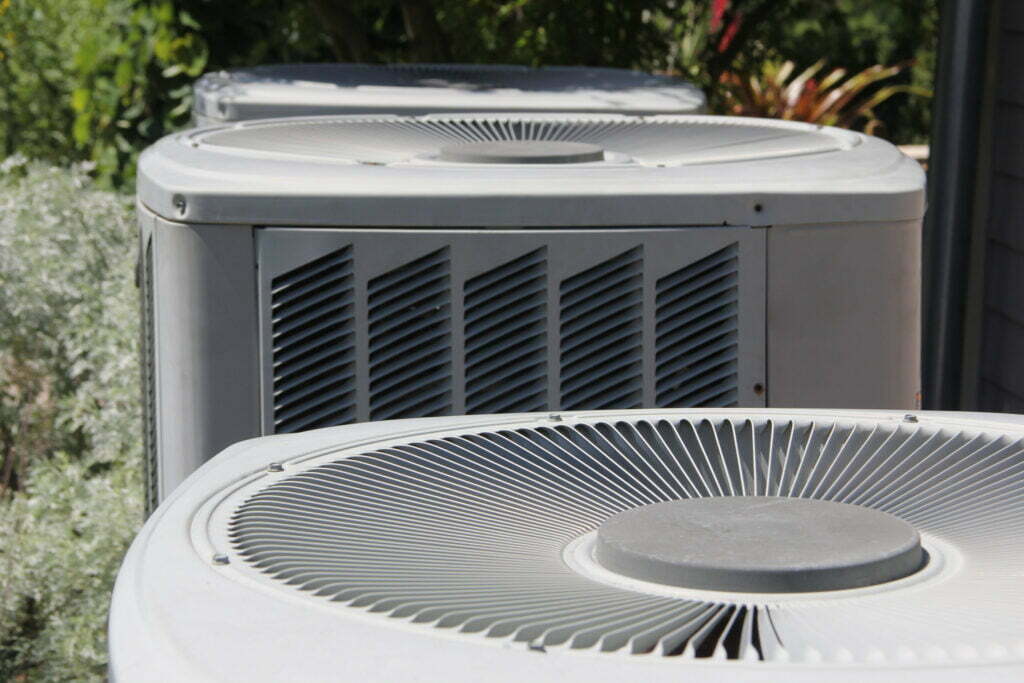There aren’t many home systems more critical than your home’s HVAC system. It helps keep you comfortable all year round, and it’s essential for your health and safety. That’s why you need to maintain your HVAC system properly and have it serviced regularly. The evaporator coil of your heater is one of the primary parts of your system and it needs to be functional if you want your HVAC to be effective. Most homeowners will need to replace this coil from time to time, but it can be difficult to know when to do so, particularly if you’re new to homeownership. If you want to learn more, keep reading to find out about some signs that you need a heat coil replacement.
What are some signs you need a heat coil replacement?

The evaporator coil is one of the most important parts of your HVAC system. It’s responsible for heating the air that’s circulated throughout your home. If you need a heat coil replacement, you’ll likely start to notice a decrease in the overall efficiency of your system. Additionally, you may begin to experience higher energy bills and a decrease in the comfort of your home. Another sign that your heat coil needs replacing is if your heater is making strange noises. A failing heat coil may cause your heater to start making a loud rattling noise.
If you’re concerned that your evaporator coil may need to be replaced, there are a few other things you can look for. One of the most obvious signs is if the coil is visibly dirty. If the coil is covered in dust, dirt, or other debris, it’s likely in need of replacement. You can also check to see if the coil is leaking. If you notice any water dripping from the coil, it’s likely time for a replacement. If you’re unsure whether or not your evaporator coil needs to be replaced, it’s always best to consult a qualified HVAC technician. They will be able to inspect the coil and provide a professional recommendation.
Whether or not it’s time to replace your heater or air conditioner’s evaporator coil, you do need to maintain the system well if you want to extend its lifespan and prevent avoidable breakdowns. That involves having the unit inspected annually and changing the filters once every 90 days. Many homeowners opt to change their filters on a monthly basis to ensure peak performance.
How else can you keep your home warm?

Now that you know how to tell whether or not you should replace your evaporator coil, let’s talk about some other ways you can keep your home warm this winter. For example, you should check the condition of your windows to see if there are any air leaks in your home before the temperature starts to drop. Cracks and crevices can let in outdoor air, moisture, and other contaminants, which can affect your health and safety. Seal any flaws or imperfections with caulk or weatherstripping as soon as possible, or call a professional if the damage is severe.
If you want more precise control over your indoor temperature and your HVAC system, then you should consider upgrading to a smart thermostat. They can be programmed to automatically adjust the temperature based on your schedule and preferences, which can allow you to limit your energy consumption and save money. A smart thermostat can also provide you with valuable insights into your energy usage. They can track how much energy you use and when, so you can even optimize your energy usage to be as eco-friendly as possible.
As you can see, there are several signs that you may need to replace your heater’s evaporator coil. Signs that you need a replacement coil can include decreased heating performance, increased energy bills, and strange noises coming from your furnace. If you are experiencing any of these signs, have your heat coil replaced to avoid further damage to your furnace and to ensure that you remain warm. You can further protect your comfort indoors by sealing any air leaks caused by gaps in your windows and upgrading to a smart thermostat. If you follow the tips in this article, then you’ll be cozy and safe at home all winter long.





